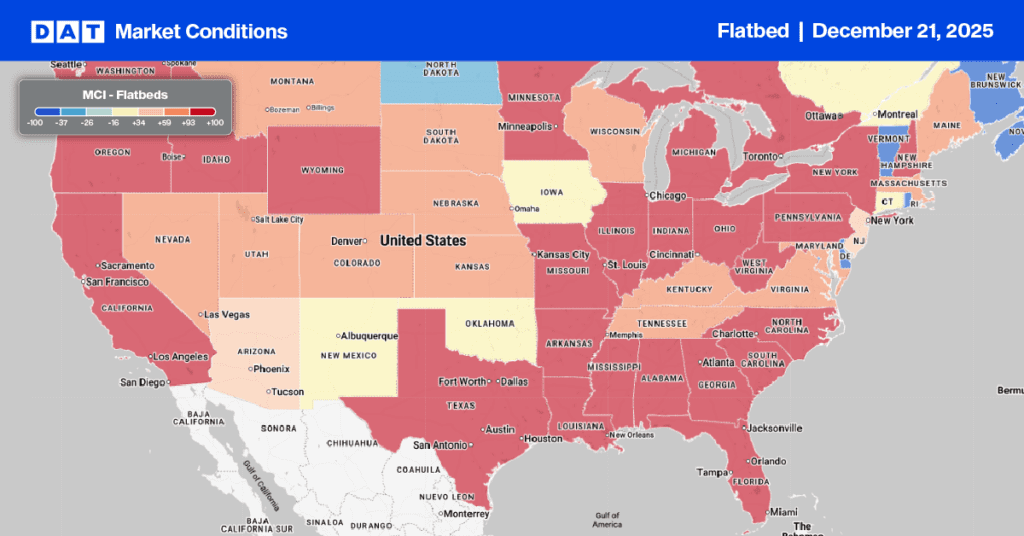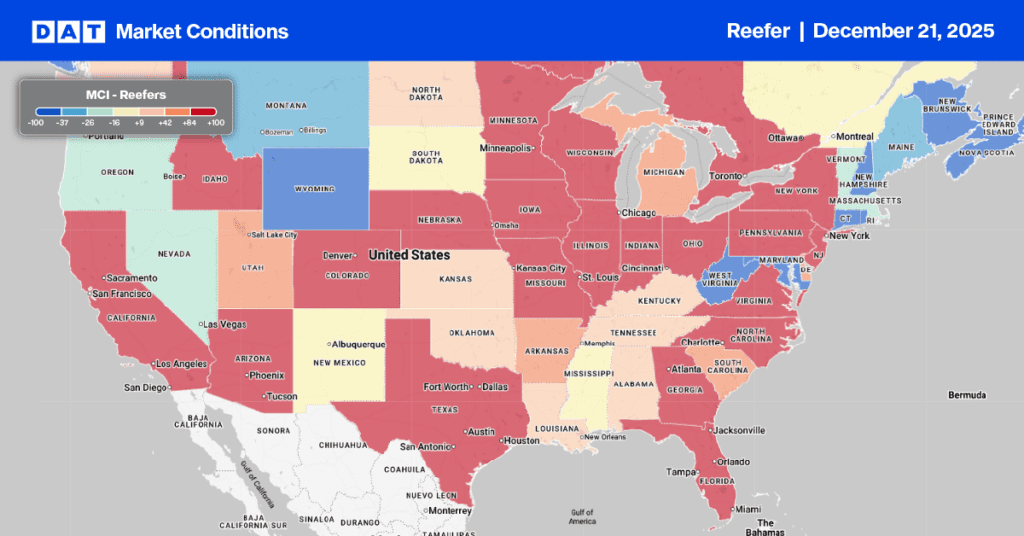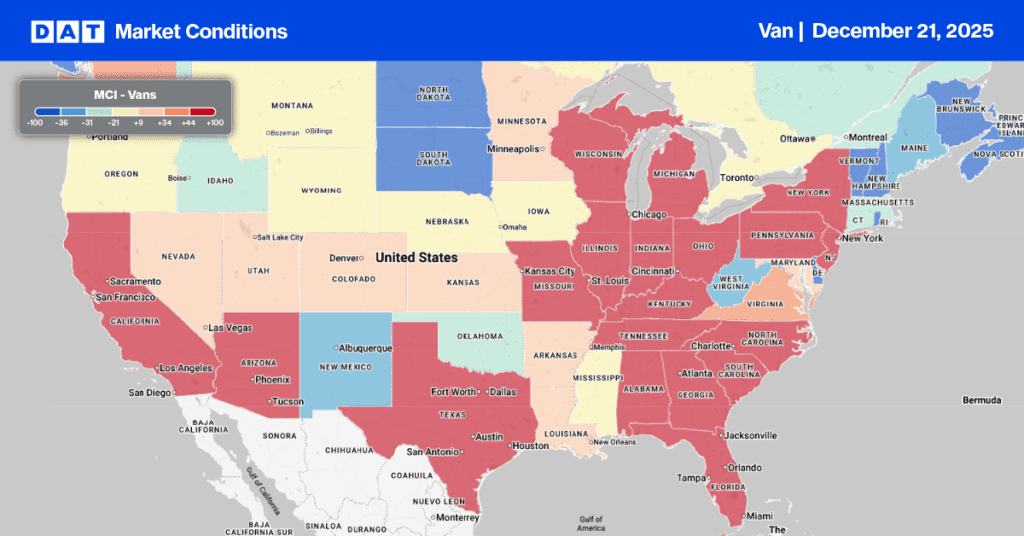It may be a relatively small part of California, but the tract of land known as the Salinas Valley grows almost half of the nation’s lettuce (including head, leaf, and romaine) and a third of its spinach, hence the title “America’s Salad Bowl.” Known for producing around a third of the nation’s strawberries, it also makes half its broccoli and cauliflower.
The Salinas Valley is located around 100 miles south of the San Francisco airport, and unlike the massive Central Valley, the same distance to the east, the Salinas Valley is only 90 miles long and less than 10 miles wide. In contrast, the Central Valley is 450 miles long and around 60 miles wide. The cool waters of Monterey Bay influence the temperate climate in the Salinas Vally and the Pacific Ocean, resulting in a cooler summer for growers. Add the rich soil and underground water supply, and you have the perfect ingredients for farming.
How big is big?
California produces around 60% of the nation’s lettuce during the warmer months, with approximately 25% coming from Arizona, primarily from the “Winter Salad Bowl” in Yuma, AZ, between November and March each year. Mexico supplies the remaining 15% of annual production. According to the USDA, the Salinas-Watsonville area is by far the most significant yearly output in California, accounting for 56% of production last year.
The Salinas-Watsonville area pumps out around a quarter of California’s daily truckload volume, or around 1,700 refrigerated truckloads of fruit and vegetables daily. Loads are destined for significant produce destination cities, including Atlanta, GA; Baltimore, MD; Boston, MA; Chicago, IL; Dallas, TX; Los Angeles, CA; Miami, FL; New York, NY; Philadelphia, PA; and Seattle, WA. What’s not immediately visible is the number of truckloads that go into making every truckload of produce.
When cardboard, empty pallets, diesel, food, machinery, spare parts, chemicals, etc., are considered, an estimated 2.5 truckloads of freight inbound to Salinas before reefer carriers even hit the road. For such a geographically small area, the logistics surrounding the produce industry are substantial and higher orchestrated.
Before there were refrigeration trailers, there was ice.
Before truckers made the two-day trip from Salinas to New York City as team drivers today, in the early 1900s, horse or mule-drawn wagons were hauling most of the produce in the Salinas Valley. Hay and grain primarily fed horses and dairy cows, while beans, potatoes, and other crops fed the local communities. Some produce was hauled to ships and railheads for the cross-country journey. Lettuce production boomed in 1929, and by 1930 the Salinas Valley had become the “salad bowl of the world,” a term coined by the Cominos Brothers, owners of the famous Cominos Hotel.
With the formation of the Union Ice Company in 1929, refrigeration and rapid transit was vital in allowing products to reach distant markets, increasing the demand for fruit and vegetable grown in the valley. Refrigerated railcars were top-loads with blocks of ice. What took up to four days in 1930 by train took highly experienced team truck drivers just two days to deliver their load fresh and on time from Salinas to New York’s Hunt’s Point produce market.
Today, as you drive through the Salinas Valley, you’ll see strawberries, artichokes, beets, bok choy, broccoli, cabbage, cauliflower, celery, cabbage, cilantro, leeks, lettuce, parsley, peas, radishes, and spinach. Next time your shopping in the supermarket produce section, take a few seconds to see where your produce comes from. You might be surprised to see it comes from the Salinas-Watsonville area.


